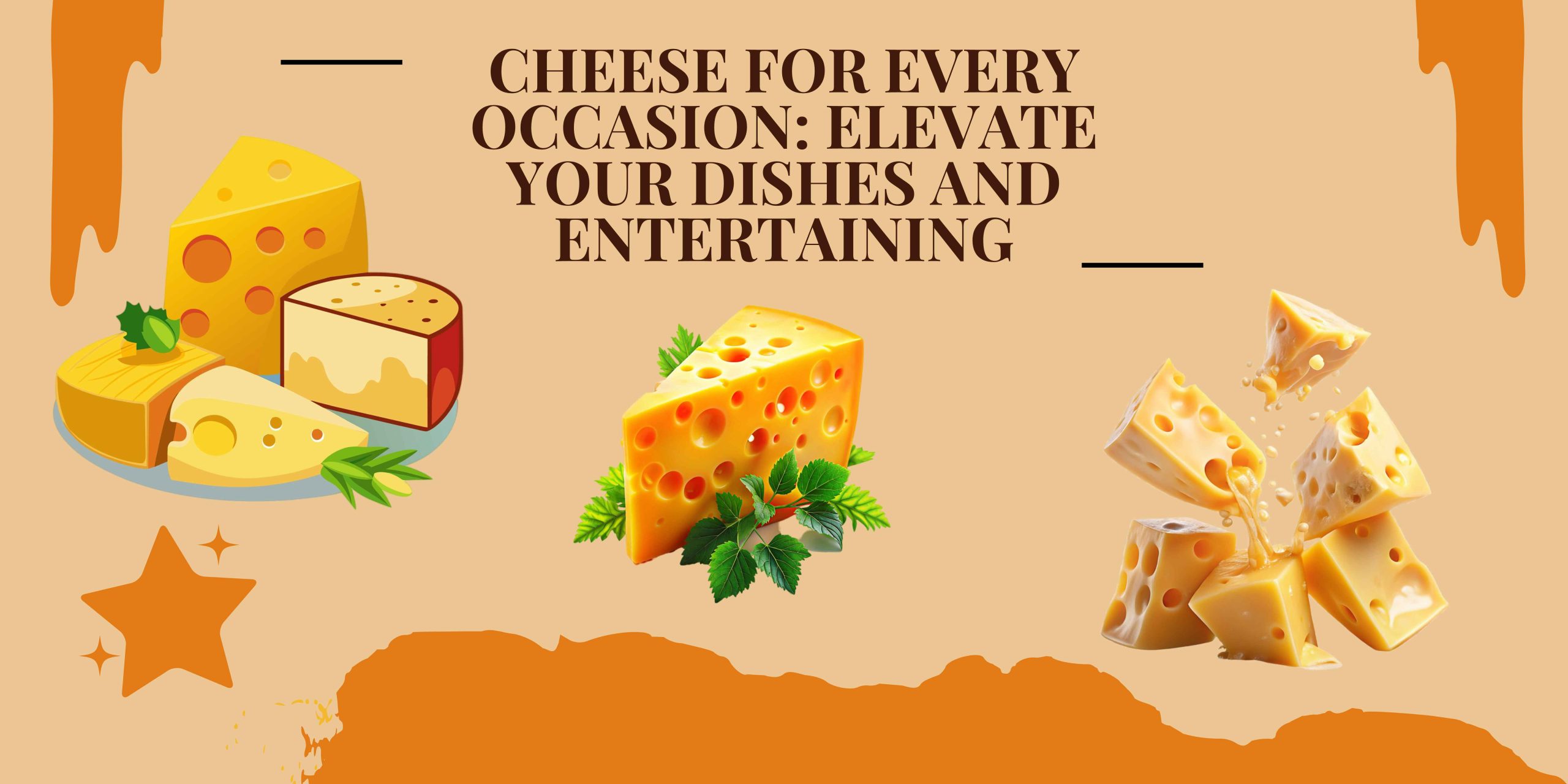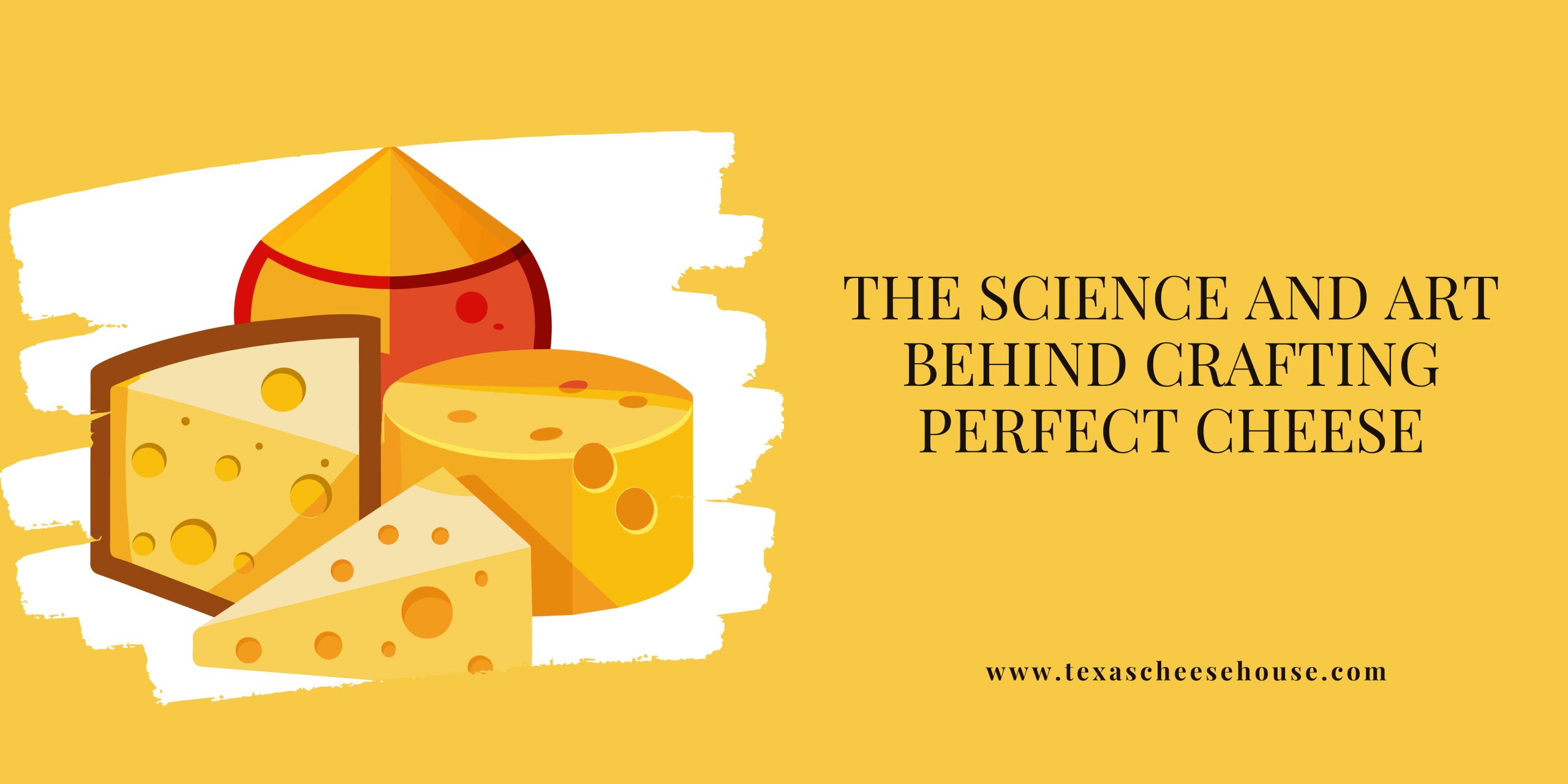For many centuries, cheese has been part and parcel of kitchens globally owing to its long history and various flavors. Cheese started as a way of storing milk but has become essential for chefs making all kinds of delicacies. It doesn’t matter if you are having guests over for dinner or want to make your meals tastier; there is no limit to what one can do with cheese.
This guide will focus on how cheese can make your dishes and parties better. It will include different types of cheese.
A Journey Through Cheese Varieties:
Cheese is found in countless varieties, with each possessing its own distinct taste, texture, and place of origin. Grasping these distinctions is the crucial initial step for maximizing cheese use in your food preparation and for hosting. From the tart, creamy Brie to the hard, aged Parmesan, every variation of cheese has a specific thing to offer.
Cheddars and blues such as Gorgonzola or Roquefort provide a strong, assertive taste for salads, while fresh cheeses like Mozzarella and Feta are needed for recipes calling for soft and bland ones. Depending upon the mood and cuisine of the day, each type may have its purpose.
Cheese as a Star Ingredient in Cooking:
The art of cheesemaking does not stop with adding extra flavor to your meals. Cheese is a main ingredient, so taste its gooeyness in Mac and Cheese, be enticed by a cheesy lasagna, or stay warm with some fondue. In pasta plates, blend various types, such as ricotta and mozzarella, along with Parmesan cheese for the most delectable taste ever.
Those who have shifting passions within their expectations when it comes to their favorite cooking styles should also at least chew on the topic of infusing cheese into foodstuffs otherwise hitherto termed as unconventional. For instance, this idea can be exemplified by putting thin slices of sharp cheddar with some apple pie to get a mix of sweet and savory tastes or augmenting burgers with crumbled blue cheese. In this case, options are limitless, and choosing the appropriate cheese may change a normal dish to something you cannot forget easily.
Pairing Cheese with Wines and Beverages:
Perhaps it is necessary for any gathering to know how to match different types of cheese with suitable drinks to enhance guests’ taste experience. For instance, aged cheeses such as Parmigiano-Reggiano go very well with bold and mature red wines, but soft cheese types like Brie and Camembert would be well served by light-bodied, fruity white wines.
Drinking beer is preferred by some. It often goes for Gouda and Cheddar, which match well with amber ales and stouts because of their maltiness. Cheese can even go along with things that have no alcohol, such as tea; for instance, a gentle green tea would work nicely with fresh goat cheese, while aged Gouda would be best accompanied by robust black tea. The main thing is to consider how intense each is so that one does not drown out the other.
Creating the Perfect Cheese Board:
A cheeseboard is not simply an assortment of cheeses, but it can be considered an art that can set the mood for your entire event. The ideal cheese board strikes a harmony between flavors, textures, and colors such that it satisfies every participant. A selection of cheeses that encompass different types is where you can start with; for instance, go for a Brie, which is soft and hard cheddar Stilton cheese, which is blue, and fresh goat cheese.
With your cheeses, serve a selection of accompaniments that complement and enhance their flavors. Fresh fruits such as pineapples, grapes, and apples provide a sweet contrast to the saltiness. Nuts like almonds and walnuts also add crunchiness. For sweetness, include honey or fruit preserves, and complimented by bread and crackers for a pleasant sensation in the mouth.
Cheese in Desserts: A Surprising Twist
Though cheese is generally linked to salty meals, it may also be prominently in sweets. The most evident example is cheesecakes, whose creamy cheese serves as a rich and smooth foundation for one of the most cherished desserts. However, that does not stop there; sweets also contain cheese. In Tiramisu’s preparation, mascarpone cheese makes up a significant ingredient that brings about a soft and creamy texture to coffee-dipped ladyfingers’ layers.
If you want your dessert to be different, try adding some blue cheese to it. For instance, try making a pear and blue cheese tart. The sweet taste of juicy pears complements the strong flavor of blue cheese and makes it quite complex.
The End:
Cheese is not only food; it’s an experience of different tastes and flavors that can raise anything in life. Perfect cheese added to daily foods and special occasions can make them outstanding. With cheese, one’s cooking and entertaining will always stick in mind. For true lovers and those who are yet to learn more about cheese, there is always something new to appreciate.


